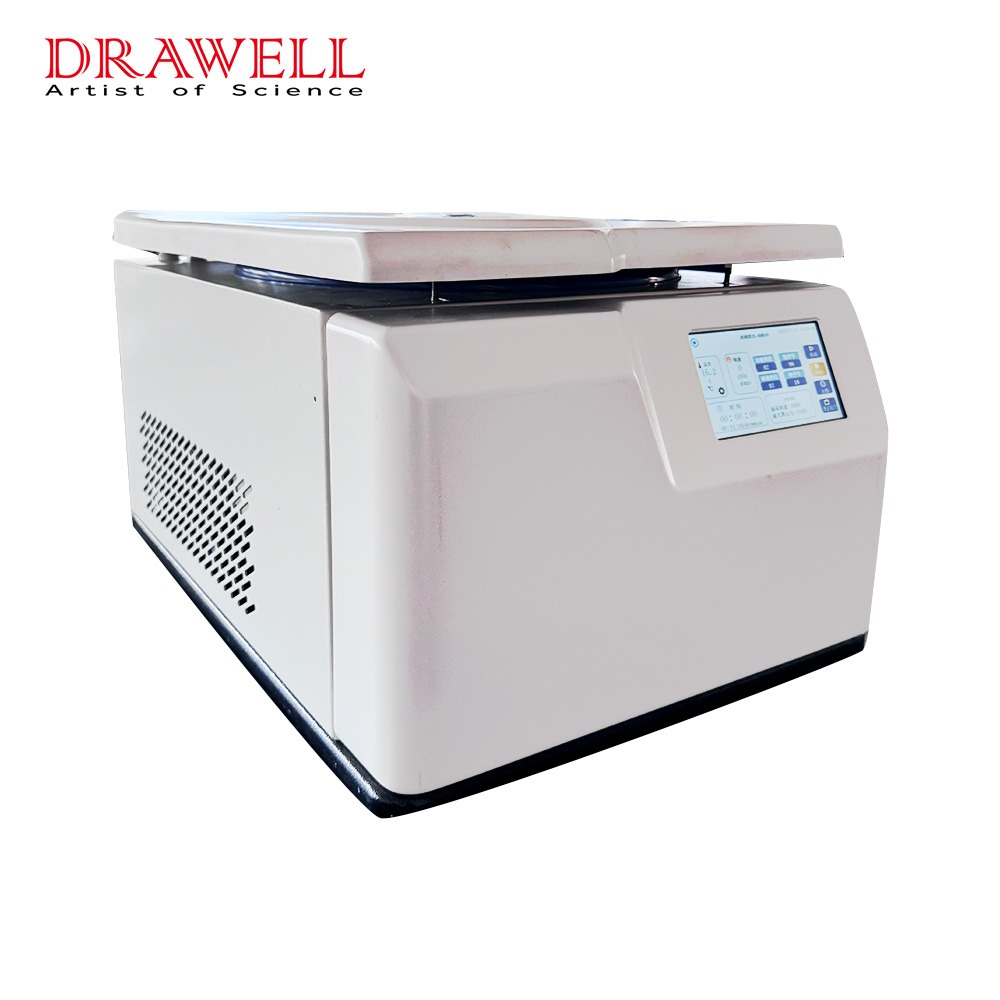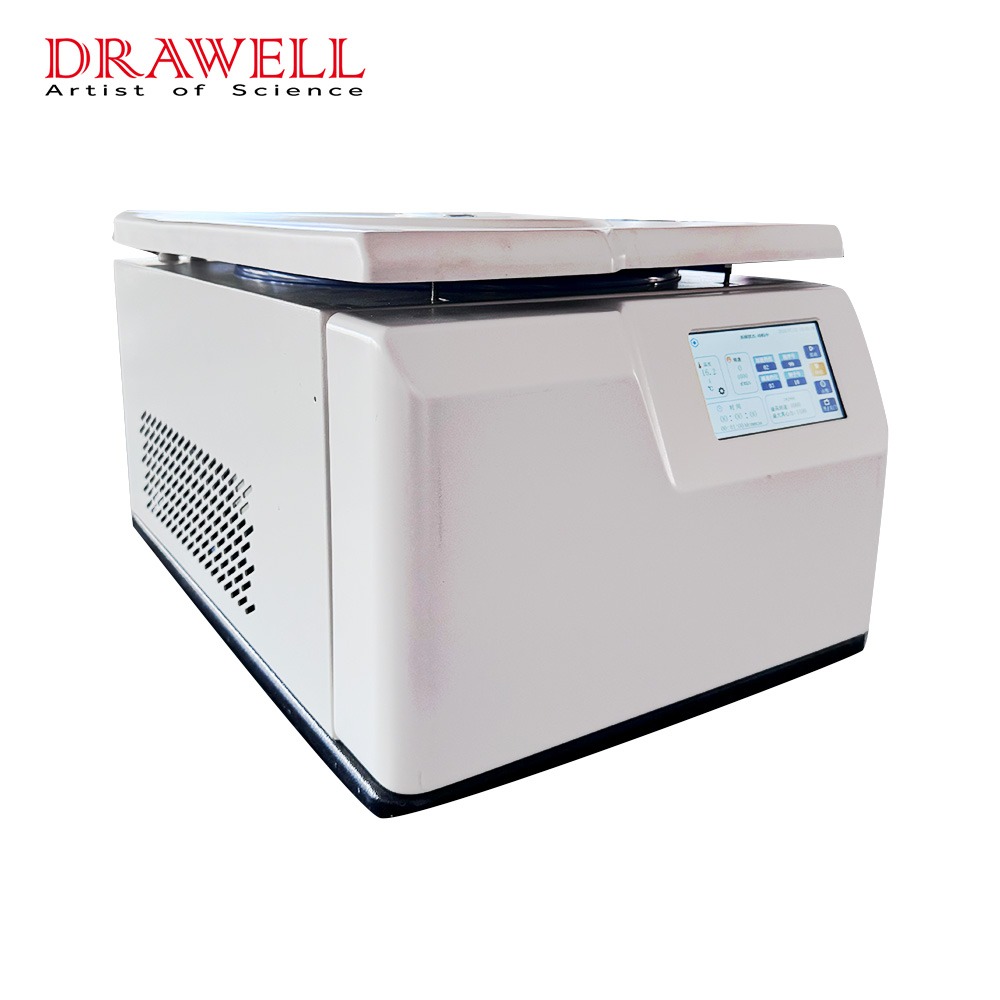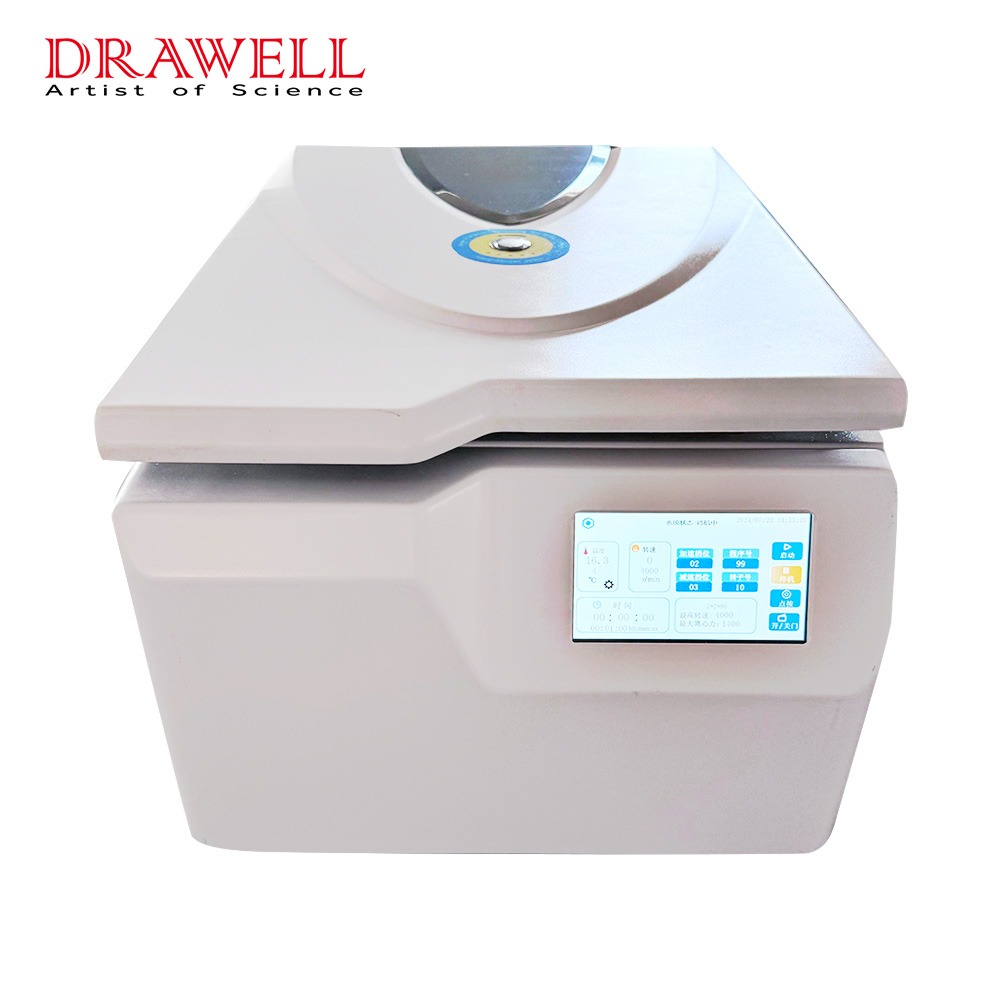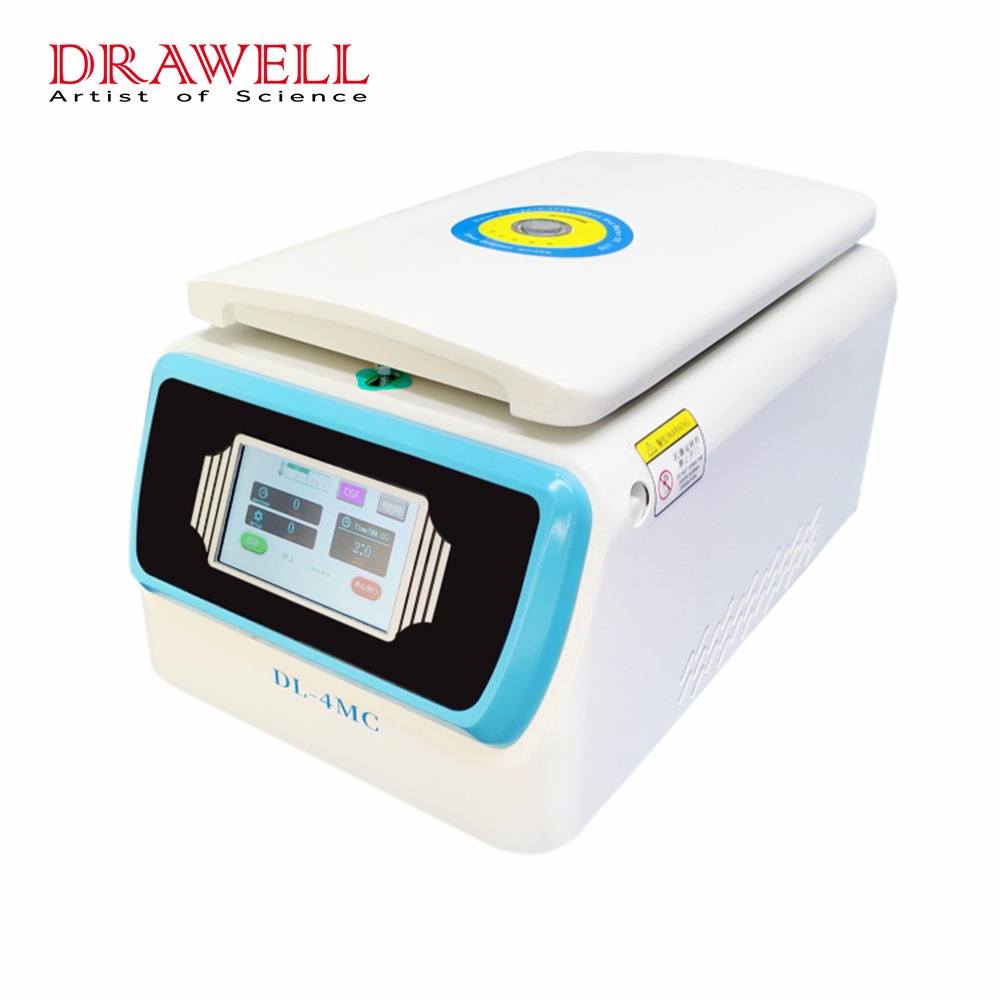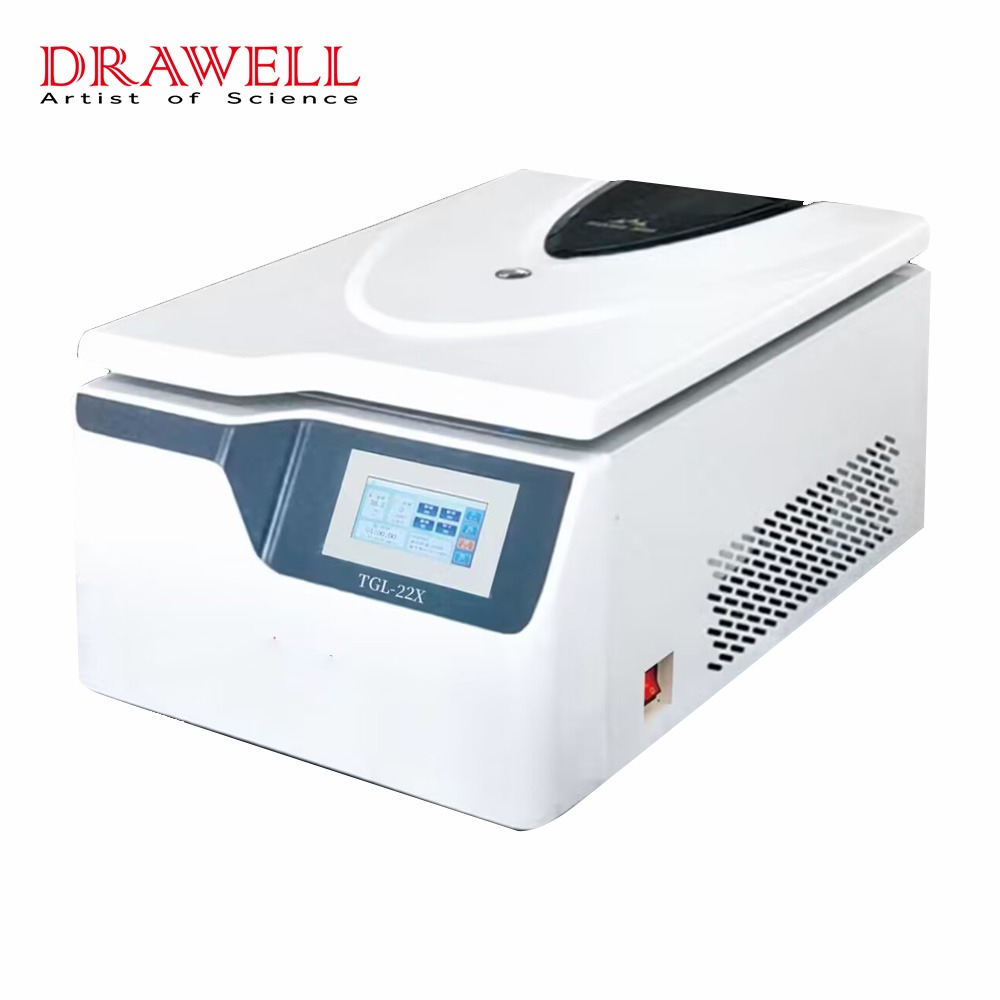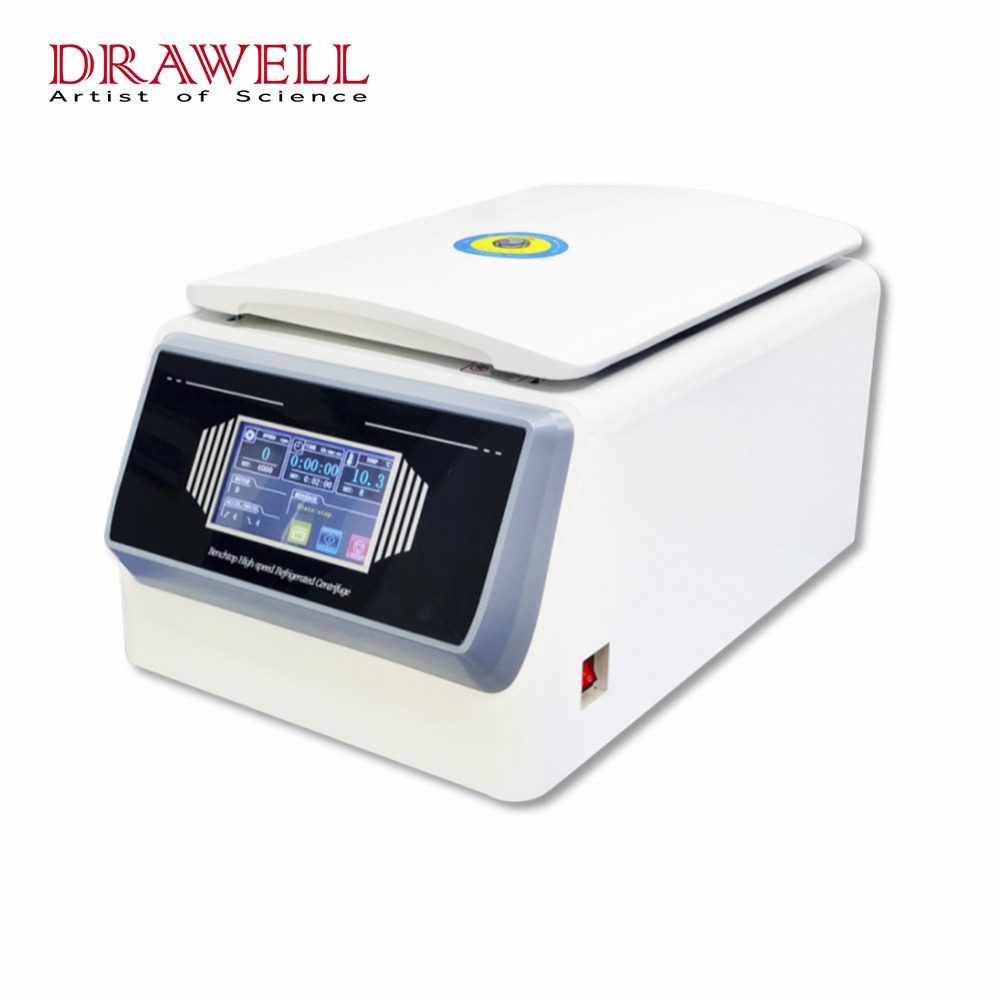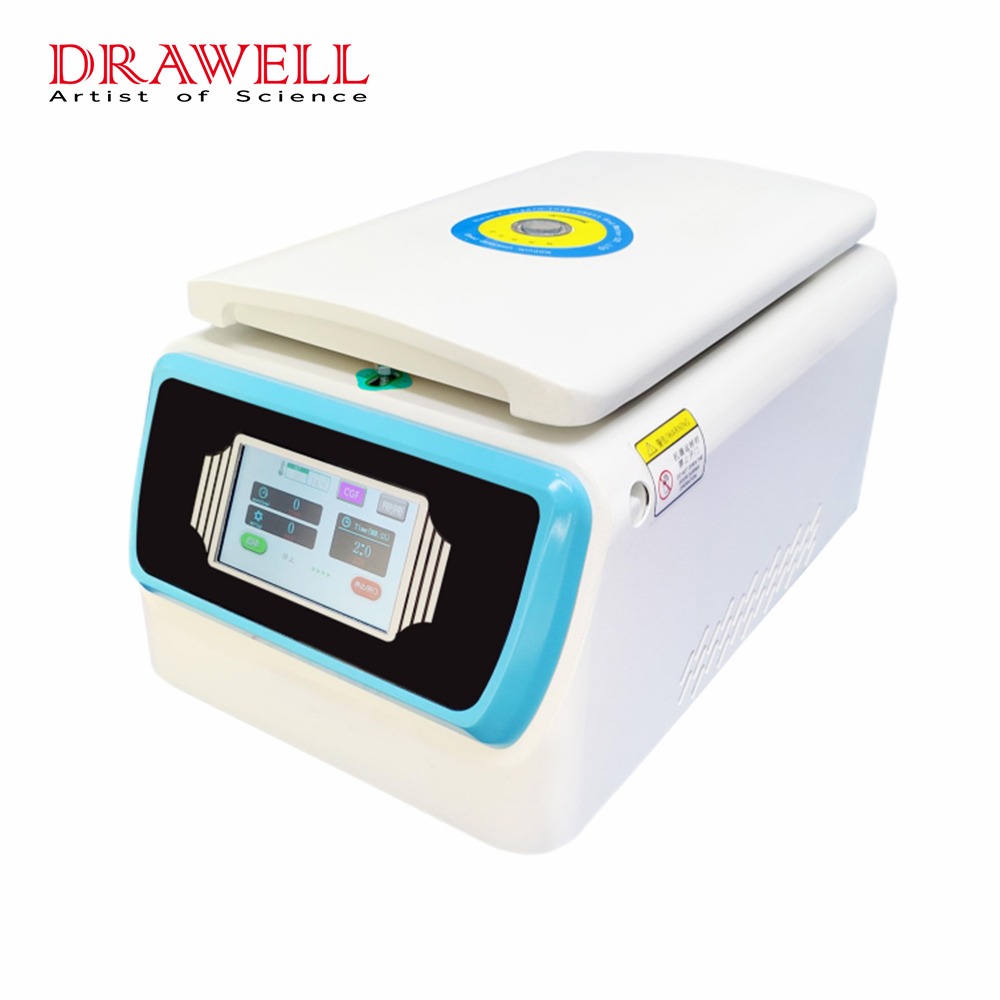Refrigerated centrifuges are used in a variety of scientific and therapeutic applications, including biological sample separation and chemical purification. However, typical centrifuge systems frequently require maintenance to achieve optimal performance, resulting in downtime and increased operational costs. Recent technological developments have paved the path for maintenance-free solutions, changing the field of centrifugation. This article delves into the innovations driving maintenance-free technologies in refrigerated centrifuges and their implications for research, healthcare, and industrial processes.

The Rise of Maintenance-Free Technologies in Refrigerated Centrifuges
Traditionally, refrigerated centrifuges relied on sophisticated mechanical components that were prone to wear and tear, demanding regular maintenance and part replacements. However, with the introduction of maintenance-free technology, centrifuge manufacturers have moved their focus to building systems that are more reliable and long-lasting.
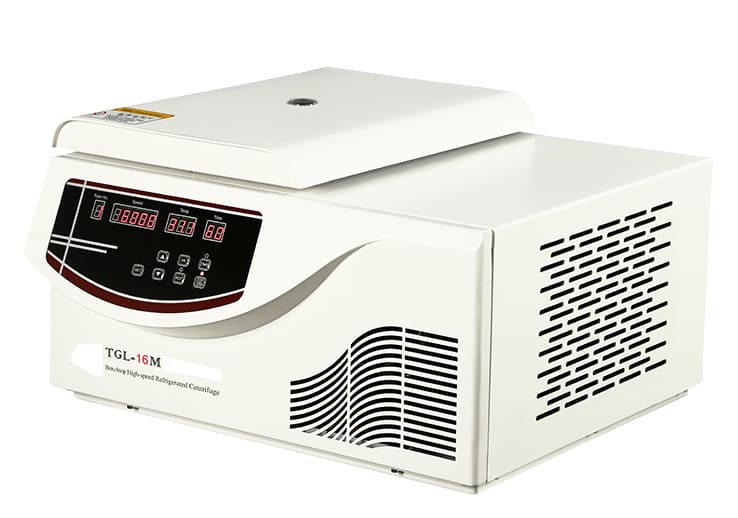
Key Innovations Driving Maintenance-Free Technologies in Refrigerated Centrifuges
1. Introduction of Brushless Motors
One of the key advancements in maintenance-free centrifuge technology has been the widespread adoption of brushless motors. Unlike their brushed counterparts, brushless motors offer several advantages, including higher efficiency, lower maintenance requirements, and longer lifespan. By eliminating the need for brushes and commutators, brushless motors experience less wear and tear, resulting in reduced maintenance intervals and increased reliability. Additionally, brushless motors produce less heat and vibration, contributing to smoother operation and improved sample integrity.
2. Integration of Direct-Drive Systems
Traditional centrifuge models frequently use belt-driven systems to transfer power from the motor to the rotor assembly. However, belt-driven mechanisms are prone to slippage, tension difficulties, and belt degradation over time, demanding frequent maintenance and replacement. Maintenance-free centrifuges address these issues by introducing direct-drive systems, which allow a direct mechanical connection between the motor and the rotor without the use of belts or pulleys.
3. Sealed Chamber Design
Dust, moisture, and other contaminants can accumulate inside centrifuge chambers, causing corrosion, electrical problems, and decreased efficiency. Maintenance-free centrifuges have sealed chamber designs that isolate vital components from external contamination, ensuring long-term durability and low maintenance requirements. Seals and gaskets prevent leaks and keep the centrifuge clean, lowering the risk of damage and increasing the life of internal components.
4. Self-Diagnostic Systems
Early detection of potential issues is critical to avoiding costly breakdowns and reducing downtime. Maintenance-free centrifuges are outfitted with self-diagnostic systems that constantly monitor a variety of factors, including rotor unbalance, temperature changes, and motor performance. Advanced sensors and algorithms detect irregularities in real time and notify users to take appropriate action before problems worsen.
5. Remote Monitoring and Control
In today’s interconnected world, remote monitoring and control capabilities have become essential features in laboratory equipment. Maintenance-free centrifuges can be integrated with cloud-based platforms or software applications, allowing users to monitor operation status, view performance data, and adjust settings remotely from any internet-enabled device. Researchers can receive alerts, access diagnostic information, and troubleshoot issues in real-time, even when they are not physically present in the lab. Remote monitoring enhances convenience, flexibility, and productivity, enabling efficient management of centrifuge resources across multiple locations or facilities.
6. Enhanced Cooling Systems
Refrigerated centrifuges require precise temperature control to maintain sample integrity and ensure reproducible results. Traditional cooling systems may use mechanical compressors or refrigerant gasses, which are prone to leaks, wear, and require regular maintenance. Maintenance-free refrigerated centrifuges use advanced cooling technologies, such as thermoelectric modules or brushless DC compressors, to achieve and maintain target temperatures without requiring periodic recalibration or refrigerant replacement. These technologies improve reliability, energy efficiency, and environmental sustainability while lowering the total cost of ownership.

Applications Across Industries of Maintenance-Free Technologies in Refrigerated Centrifuges
1. Biotechnology and Pharmaceutical Research
- Cell Culture and Microbiology: Maintenance-free refrigerated centrifuges are essential for cell culture work, including cell harvesting, pelleting, and separation of cellular components. They are used in research labs and bioprocessing facilities for applications such as cell culture harvesting, cell banking, and clarification of fermentation broths.
- Protein Purification: Refrigerated centrifuges equipped with maintenance-free technologies are employed in protein purification workflows to separate proteins from cell lysates, culture supernatants, or crude extracts. They enable high-throughput processing, minimizing downtime and maintenance requirements.
- Pharmaceutical Formulation: Refrigerated centrifuges are used in pharmaceutical laboratories for the preparation and analysis of drug formulations. Maintenance-free technologies ensure reliable performance and consistent results in tasks such as drug stability testing, particle size analysis, and emulsion preparation.
2. Clinical Diagnostics and Medical Research
- Blood Banking and Hematology: Refrigerated centrifuges play a critical role in blood banking and hematology laboratories for processing blood samples, separating plasma or serum from whole blood, and performing hematocrit determinations. Maintenance-free technologies ensure the reliability and accuracy of test results, essential for patient diagnosis and treatment.
- Clinical Chemistry: Maintenance-free refrigerated centrifuges are used in clinical chemistry laboratories for sample preparation, including the separation of serum or plasma from blood specimens. They facilitate the analysis of various analytes, including enzymes, lipids, and electrolytes, supporting medical diagnostics and patient care.
3. Food and Beverage Industry
- Food Safety and Quality Control: Refrigerated centrifuges equipped with maintenance-free technologies are utilized in the food and beverage industry for quality control and product testing. They are employed in applications such as fat content analysis, protein separation, clarification of beverages, and microbiological analysis of food samples.
- Food Processing and Research: Maintenance-free refrigerated centrifuges play a role in food processing research and development, facilitating tasks such as extraction of bioactive compounds, separation of food components, and analysis of foodborne pathogens. They contribute to innovation and optimization of food processing techniques.
4. Environmental Science and Research
- Water and Wastewater Analysis: Refrigerated centrifuges are used in environmental laboratories for the analysis of water and wastewater samples. Maintenance-free technologies ensure reliable performance in tasks such as sedimentation analysis, sludge dewatering, and separation of particulate matter from water samples.
- Soil and Sediment Analysis: Maintenance-free refrigerated centrifuges are employed in soil and sediment research to extract organic and inorganic components for analysis. They enable researchers to study soil structure, composition, and contamination levels, supporting environmental monitoring and remediation efforts.
Conclusion
Maintenance-free technologies are transforming the landscape of refrigerated centrifugation, offering improved reliability, reduced downtime, and lower operating costs. As manufacturers continue to innovate, these innovations will be used throughout industries, increasing efficiency and productivity in scientific research, healthcare, and industrial applications.


